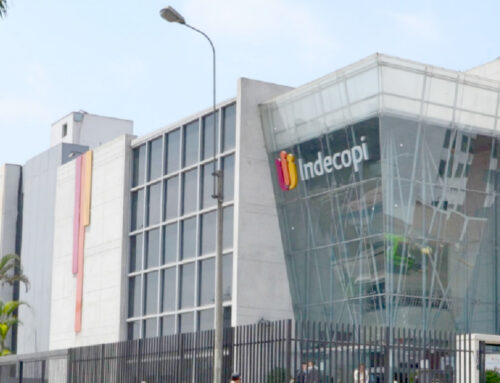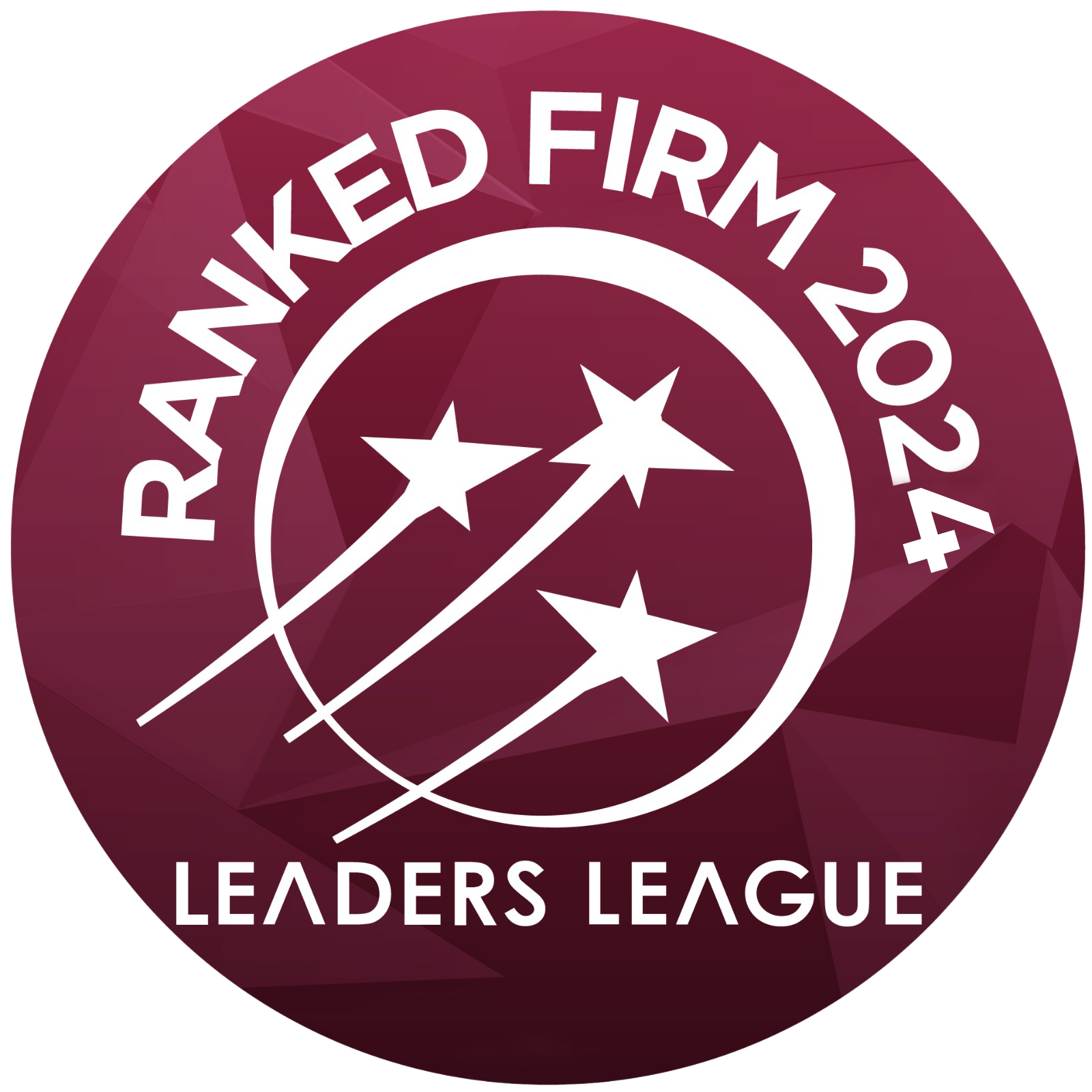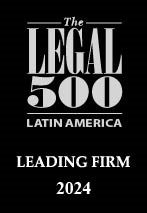The Ministry of the Environment has published the draft of the Regulations of the Law that regulates the prevention and control of light pollution for comments prior to its publication.
The objective of the regulation is to regulate the intensity of artificial light to improve the quality of life, protect health and the environment. It applies to individuals and companies that install lights in advertising, public roads and industrial activities. To obtain authorization, specific requirements must be met and certain types of lights are not allowed in sensitive areas. In addition, light pollution protection zones are established according to the level of brightness. It is important to follow these regulations to contribute to the well-being of the community and the natural environment.
Some relevant points:
Application:
To those who perform the following activities:
- Installation, operation, removal or final disposal of Outdoor Advertising Elements (EPE).
- The lighting of public roads.
- Lighting from infrastructure that develops sports, industrial, productive and/or service activities.
Definitions:
- Outdoor lighting: Lighting installed outdoors and which, due to this condition, is susceptible to light pollution. It includes pedestrian lighting, sports and recreational lighting, vehicular lighting, industrial lighting, ornamental and decorative lighting, and advertising lighting. Outdoor lighting is also considered to be projectors or other lighting devices that can be reoriented while in operation, and other similar devices. Those emitting sources that are installed under roofs and without walls that allow the projection of light towards the exterior, such as industrial, sports or other similar sheds, will not lose the condition of outdoor lighting.
- Sports and recreational lighting: Outdoor lighting for the illumination of areas where sports and recreational activities take place, such as stadiums, sports arenas, neighborhood courts, athletic tracks, racetracks, among others.
- Industrial lighting: Outdoor lighting intended to illuminate areas where production, extractive and manufacturing activities, among others, are carried out.
- Outdoor advertising elements (EPE): Public or privately owned advertisements or notices, located on public roads or privately owned properties, with physical structure or attached to a building, painted or pasted, fixed and/or mobile, whose display area is visible from the public road, which are aimed at a specific public.
Requirements to obtain authorization for the installation and operation of EPE lighting projects:
The holder who requires authorization to install and/or operate an EPE lighting project must submit an application to the competent authority with the following data:
- Presentation of the EPE lighting project, including the descriptive report, to be prepared and signed by a registered and authorized Electrical Engineer or Electrical Mechanic.
- Conveniently scaled electrical installation plan drawn up and signed by a registered Electrical Engineer or Electrical Mechanic.
- Photomontage of the advertisement or advertisement for which authorization is requested, in which the urban environment and the property or building where it will be located must be appreciated.
- Electricity connection feasibility letter, issued by the utility company, if applicable.
- Technical data sheet considering the minimum criteria contained in Annex III of this Regulation.
- Report detailing solid waste management and handling measures, within the framework of current regulations.
- Payment of the processing fee.
The evaluation of the authorization considers the composition of the existing environment, ornamentation, zoning, road safety parameters, as well as measures for the conservation of the environment, landscape, health protection and quality of life of people and wildlife.
Under no circumstances should the installation of EPEs with LED or electronic screens be authorized in residential areas and within 500 meters of green areas, parks, beaches, protected natural areas and fragile ecosystems.
Nor should the installation of SPEs be authorized where the pruning or felling of trees, massive displacement of earth or debris, modification of architectural elements of historical or cultural interest, as well as those that involve a detrimental distortion to the urban or natural landscape or those that, due to their location or design may compromise the adequate visibility of passers-by, vehicular traffic and their signage.
You can locate the project here
If you would like further guidance on how to participate in the feedback process or require more information, please contact us here: compliance@cpb-abogados.com.pe .














